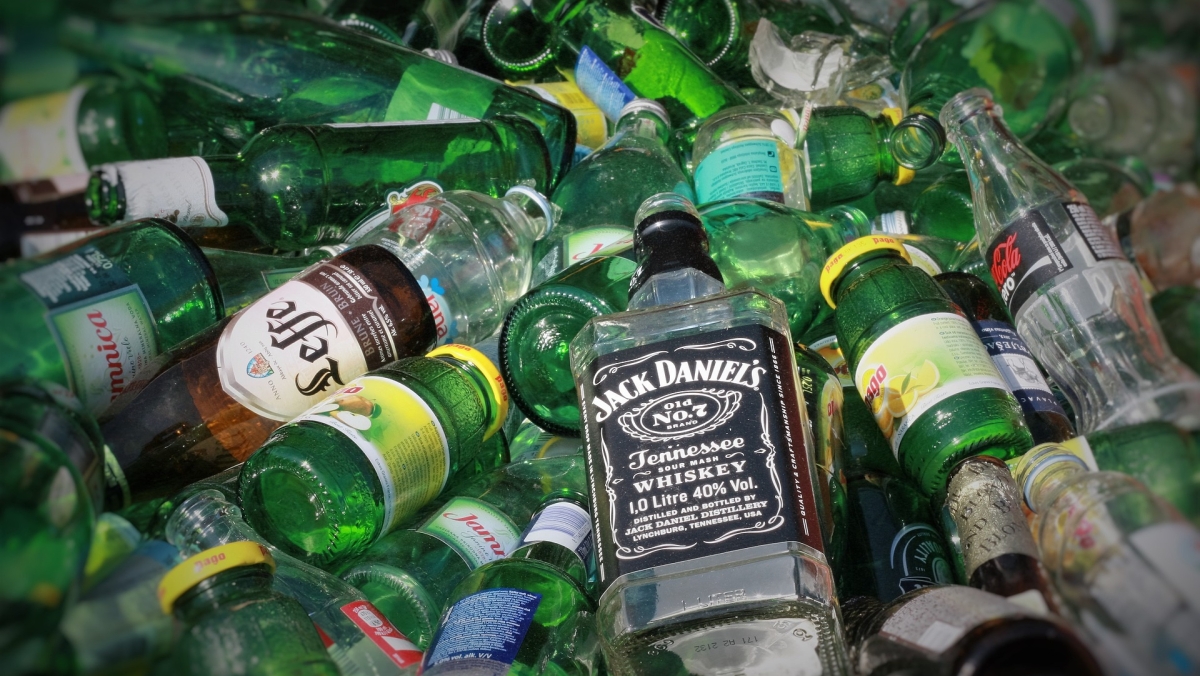Why your labels should be sustainable too
Increasing numbers of brands are moving towards sustainable packaging products, and for good reason.
Not only is eco-friendly packaging better for the planet, it enables companies to meet customers’ and investors’ expectations as one of the most visible corporate social responsibility touchpoints. However, labels are all too often an afterthought when it comes to sustainable packaging, and if your strategy is based around recyclability, the labels you go for could play a bigger role than you think. Here are some factors to take into account when designing your packaging for recyclability.
What are the different types of sustainable label?
There are several different label available, that vary according to the use case and type of associated container:
- General (cut-and-stack) labels: cut-and-stack labels are one of the most widely-used label types out there, and can often be found gracing glass food condiment jars and cans, but also household goods and industrial products. They are usually printed onto large rolls and then cut down to size, making them cost-effective and energy-efficient to work with.
- Pressure-sensitive labels: these labels are self-adhesive and can be easily applied to a wide variety of containers. Using high-quality, durable facestock such as metallized paper can help guarantee your labels will stand up to sometimes punishing transport and storage conditions, while ensuring they’re 100% recyclable.
- Wet-strength labels: wet-strength labels are most often used for cold beverages, such as beer or sparkling wine, and are specially designed not to tear, wrinkle or peel off when immersed in water.

How does label recycling work?
As with many aspects related to recycling, the answer depends strongly on location and the specifics of the particular label. Different recycling streams have different capabilities, and some base materials require more specific handling than others. What’s more, inks and adhesives can act as contaminants and need to be removed from the process. In some countries, labels are required to come off in one piece in the caustic recycling bath, while in others they need to be reduced to pulp.
Recycling-friendly label materials are specially conceived to ensure that they support the processing of the associated product (such as a bottle or jar) as well as the quality of the recovered products.
How to get started with sustainable labels
There are a few questions to ask yourself before getting started on your sustainable label journey:
- Which type of label is best suited to my product needs and sustainability goals? The kind of label you opt for will depend on your containers and local recycling processes. Here at Nissha Metalizing solutions, we’d be happy to work with you to identify the best solutions for your specific needs.
- How will the switch affect my supply chain?
Many manufacturers are understandably concerned about delays and disruptions to existing processes when switching label provider or material. This doesn’t have to be the case: metalized paper is made to run efficiently on most conventional printing or converting machinery, making it a great way to switch sustainable labels while minimising risk.
Want to know more about metalized paper as 100% recyclable, sustainably-sourced facestock for a wide range of labelling applications? Take a look at our options and don’t hesitate to contact our team.